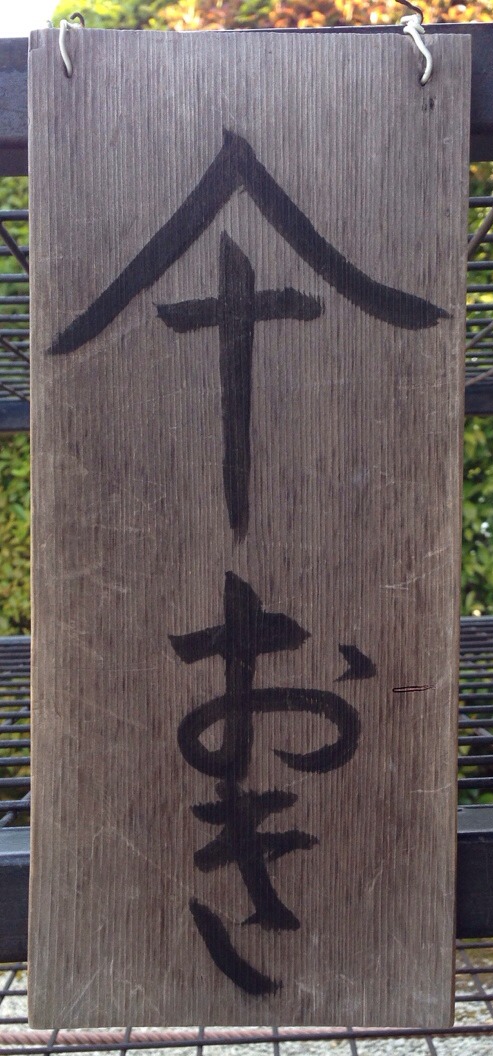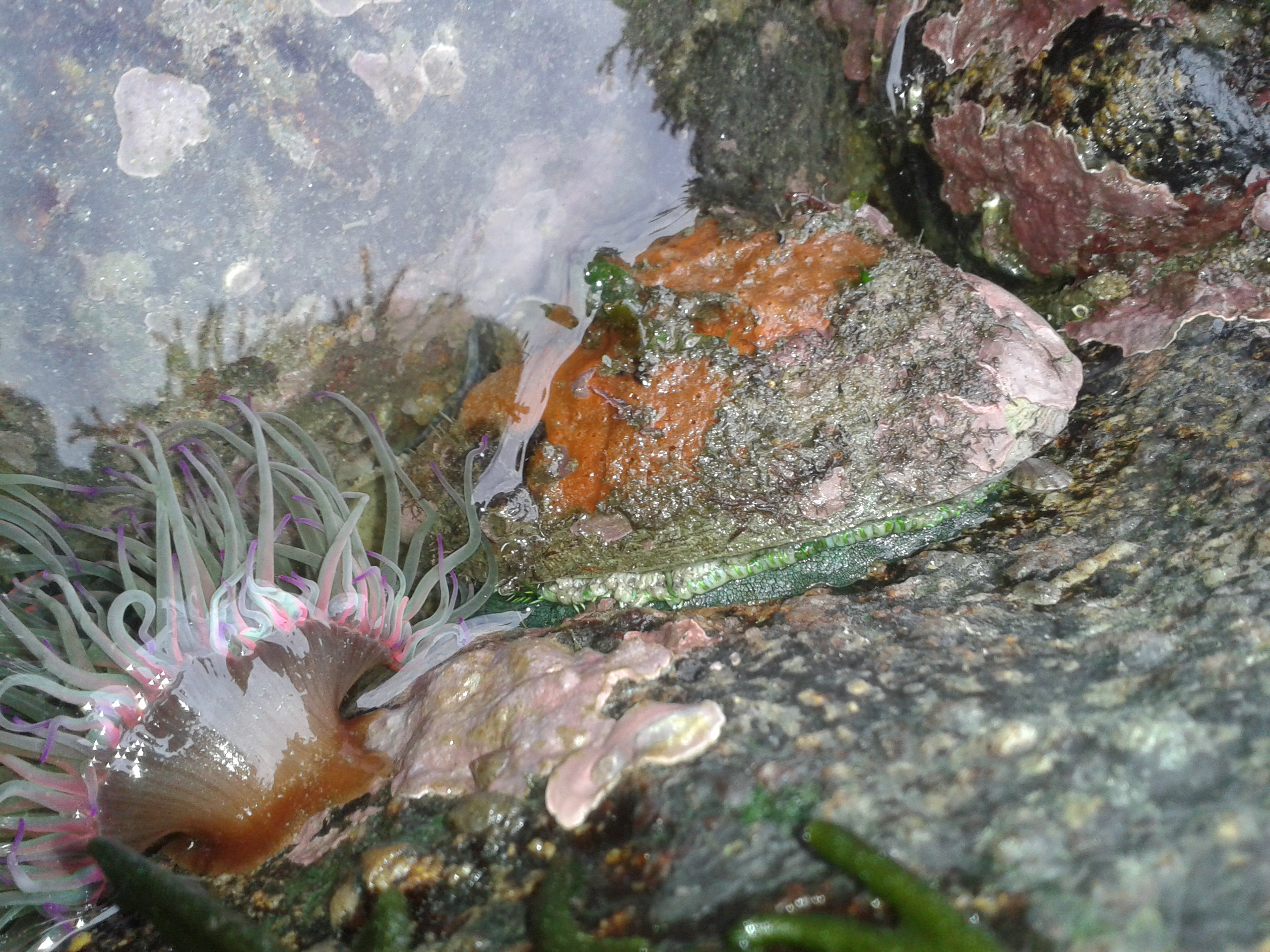|
Japanese Counter Words
In Japanese, counter words or counters (, ) are measure words used with numbers to count things, actions, and events. Counters are added directly after numbers. There are numerous counters, and different counters are used depending on the kind or shape of nouns describing. In Japanese, as in Chinese and Korean, numerals cannot quantify nouns by themselves (except, in certain cases, for the numbers from one to ten; see below). For example, to express the idea "two dogs" in Japanese one could say 二匹の犬 ''ni-hiki no inu'' (literally "two small-animal-count POSSESSIVE dog"), or 犬二匹 ''inu ni-hiki'' (literally "dog two small-animal-count"), but just pasting 二 and 犬 together in either order is ungrammatical. Here 二 '' ni'' is the number "two", 匹 '' hiki'' is the counter for small animals, の '' no'' is the possessive particle (a reversed "of", similar to the " 's" in "John's dog"), and 犬 '' inu'' is the word "dog". Counters are not independent words; th ... [...More Info...] [...Related Items...] OR: [Wikipedia] [Google] [Baidu] |
Japanese Language
is spoken natively by about 128 million people, primarily by Japanese people and primarily in Japan, the only country where it is the national language. Japanese belongs to the Japonic or Japanese- Ryukyuan language family. There have been many attempts to group the Japonic languages with other families such as the Ainu, Austroasiatic, Koreanic, and the now-discredited Altaic, but none of these proposals has gained widespread acceptance. Little is known of the language's prehistory, or when it first appeared in Japan. Chinese documents from the 3rd century AD recorded a few Japanese words, but substantial Old Japanese texts did not appear until the 8th century. From the Heian period (794–1185), there was a massive influx of Sino-Japanese vocabulary into the language, affecting the phonology of Early Middle Japanese. Late Middle Japanese (1185–1600) saw extensive grammatical changes and the first appearance of European loanwords. The basis of the standard dialect moved f ... [...More Info...] [...Related Items...] OR: [Wikipedia] [Google] [Baidu] |
Hiragana
is a Japanese syllabary, part of the Japanese writing system, along with ''katakana'' as well as ''kanji''. It is a phonetic lettering system. The word ''hiragana'' literally means "flowing" or "simple" kana ("simple" originally as contrasted with kanji). Hiragana and katakana are both kana systems. With few exceptions, each mora in the Japanese language is represented by one character (or one digraph) in each system. This may be either a vowel such as ''"a"'' (hiragana あ); a consonant followed by a vowel such as ''"ka"'' (か); or ''"n"'' (ん), a nasal sonorant which, depending on the context, sounds either like English ''m'', ''n'' or ''ng'' () when syllable-final or like the nasal vowels of French, Portuguese or Polish. Because the characters of the kana do not represent single consonants (except in the case of ん "n"), the kana are referred to as syllabic symbols and not alphabetic letters. Hiragana is used to write ''okurigana'' (kana suffixes following a kanji ... [...More Info...] [...Related Items...] OR: [Wikipedia] [Google] [Baidu] |
Ryakuji
In Japanese language, ''Ryakuji'' ( ja, 略字 "abbreviated characters", or ''hissha ryakuji'', meaning "handwritten abbreviated characters") are colloquial simplifications of kanji. Status Ryakuji are not covered in the Kanji Kentei, nor are they officially recognized (most ryakuji are not present in Unicode). However, some abbreviated forms of hyōgaiji (, characters not included in the tōyō or jōyō kanji lists) included in the JIS standards which conform to the shinjitai simplifications are included in Level pre-1 and above of the Kanji Kentei (e.g., →, →), as well as some other allowances for alternate ways of writing radicals and alternate forms. Some ryakuji were adopted as shinjitai. Some simplifications are commonly used as special Japanese typographic symbols. These include: * , the kanji iteration mark, from , a variant of ; * , the vertical form, from ; * the hiragana and katakana iteration marks, and , generic strokes; * , ''shime,'' simplificati ... [...More Info...] [...Related Items...] OR: [Wikipedia] [Google] [Baidu] |
Katakana
is a Japanese syllabary, one component of the Japanese writing system along with hiragana, kanji and in some cases the Latin script (known as rōmaji). The word ''katakana'' means "fragmentary kana", as the katakana characters are derived from components or fragments of more complex kanji. Katakana and hiragana are both kana systems. With one or two minor exceptions, each syllable (strictly mora) in the Japanese language is represented by one character or ''kana'' in each system. Each kana represents either a vowel such as "''a''" (katakana ア); a consonant followed by a vowel such as "''ka''" (katakana カ); or "''n''" (katakana ン), a nasal sonorant which, depending on the context, sounds either like English ''m'', ''n'' or ''ng'' () or like the nasal vowels of Portuguese or Galician. In contrast to the hiragana syllabary, which is used for Japanese words not covered by kanji and for grammatical inflections, the katakana syllabary usage is comparable to italics in En ... [...More Info...] [...Related Items...] OR: [Wikipedia] [Google] [Baidu] |
Computer Game
Video games, also known as computer games, are electronic games that involves interaction with a user interface or input device such as a joystick, game controller, controller, computer keyboard, keyboard, or motion sensing device to generate visual feedback. This feedback mostly commonly is shown on a video display device, such as a TV set, computer monitor, monitor, touchscreen, or virtual reality headset. Some computer games do not always depend on a graphics display, for example List of text-based computer games, text adventure games and computer chess can be played through teletype printers. Video games are often augmented with audio feedback delivered through loudspeaker, speakers or headphones, and sometimes with other types of feedback, including haptic technology. Video games are defined based on their computing platform, platform, which include arcade video games, console games, and PC game, personal computer (PC) games. More recently, the industry has expanded on ... [...More Info...] [...Related Items...] OR: [Wikipedia] [Google] [Baidu] |
People
A person (plural, : people) is a being that has certain capacities or attributes such as reason, morality, consciousness or self-consciousness, and being a part of a culturally established form of social relations such as kinship, ownership of property, or legal obligation, legal responsibility. The defining features of personhood and, consequently, what makes a person count as a person, differ widely among cultures and contexts. In addition to the question of personhood, of what makes a being count as a person to begin with, there are further questions about personal identity and self: both about what makes any particular person that particular person instead of another, and about what makes a person at one time the same person as they were or will be at another time despite any intervening changes. The plural form "people" is often used to refer to an entire nation or ethnic group (as in "a people"), and this was the original meaning of the word; it subsequently acquired its us ... [...More Info...] [...Related Items...] OR: [Wikipedia] [Google] [Baidu] |
Oni (folklore)
An is a kind of ''yōkai'', demon, orc, ogre, or troll in Japanese folklore. Oni are mostly known for their fierce and evil nature manifested in their propensity for murder and cannibalism. Notwithstanding their evil reputation, oni possess intriguingly complex aspects that cannot be brushed away simply as evil. They are typically portrayed as hulking figures with one or more horns growing out of their heads."Oni." ''Handbook of Japanese Mythology'', by Michael Ashkenazi, ABC-CLIO, 2003, pp. 230–233. Stereotypically, they are conceived of as red, blue, black, yellow, or white-colored, wearing loincloths of tiger pelt, and carrying iron kanabō clubs. They are creatures which instill fear and feelings of danger due to their grotesque outward appearance, their wild and sometimes strange behavior and their powers. They are popular characters in Japanese art, literature, and theater and appear as stock villains in the well-known fairytales of ''Momotarō'' (''Peach Boy''), ''I ... [...More Info...] [...Related Items...] OR: [Wikipedia] [Google] [Baidu] |
Abalone
Abalone ( or ; via Spanish , from Rumsen ''aulón'') is a common name for any of a group of small to very large marine gastropod molluscs in the family (biology), family Haliotidae. Other common name In biology, a common name of a taxon or organism (also known as a vernacular name, English name, colloquial name, country name, popular name, or farmer's name) is a name that is based on the normal language of everyday life; and is often contrast ...s are ear shells, sea ears, and, rarely, muttonfish or muttonshells in parts of Australia, ormer in United Kingdom, the UK, perlemoen in South Africa, and paua in New Zealand. Abalones are marine snails. Their taxonomy puts them in the family Haliotidae, which contains only one genus, ''Haliotis'', which once contained six subgenera. These subgenera have become alternate representations of ''Haliotis''. The number of species recognized worldwide ranges between 30 and 130 with over 230 species-level taxa described. The most comprehen ... [...More Info...] [...Related Items...] OR: [Wikipedia] [Google] [Baidu] |
Squid
True squid are molluscs with an elongated soft body, large eyes, eight arms, and two tentacles in the superorder Decapodiformes, though many other molluscs within the broader Neocoleoidea are also called squid despite not strictly fitting these criteria. Like all other cephalopods, squid have a distinct head, bilateral symmetry, and a mantle. They are mainly soft-bodied, like octopuses, but have a small internal skeleton in the form of a rod-like gladius (cephalopod), gladius or pen, made of chitin. Squid diverged from other cephalopods during the Jurassic and occupy a similar role to teleost fish as open water predators of similar size and behaviour. They play an important role in the open water food web. The two long tentacles are used to grab prey and the eight arms to hold and control it. The beak then cuts the food into suitable size chunks for swallowing. Squid are rapid swimmers, moving by Aquatic locomotion#Jet propulsion, jet propulsion, and largely locate their ... [...More Info...] [...Related Items...] OR: [Wikipedia] [Google] [Baidu] |
Crab
Crabs are decapod crustaceans of the infraorder Brachyura, which typically have a very short projecting "tail" (abdomen) ( el, βραχύς , translit=brachys = short, / = tail), usually hidden entirely under the thorax. They live in all the world's oceans, in freshwater, and on land, are generally covered with a thick exoskeleton, and have a single pair of pincers. They first appeared during the Jurassic Period. Description Crabs are generally covered with a thick exoskeleton, composed primarily of highly mineralized chitin, and armed with a pair of chelae (claws). Crabs vary in size from the pea crab, a few millimeters wide, to the Japanese spider crab, with a leg span up to . Several other groups of crustaceans with similar appearances – such as king crabs and porcelain crabs – are not true crabs, but have evolved features similar to true crabs through a process known as carcinisation. Environment Crabs are found in all of the world's oceans, as well as in fresh w ... [...More Info...] [...Related Items...] OR: [Wikipedia] [Google] [Baidu] |




_1938.jpg)


.jpg)
.jpg)